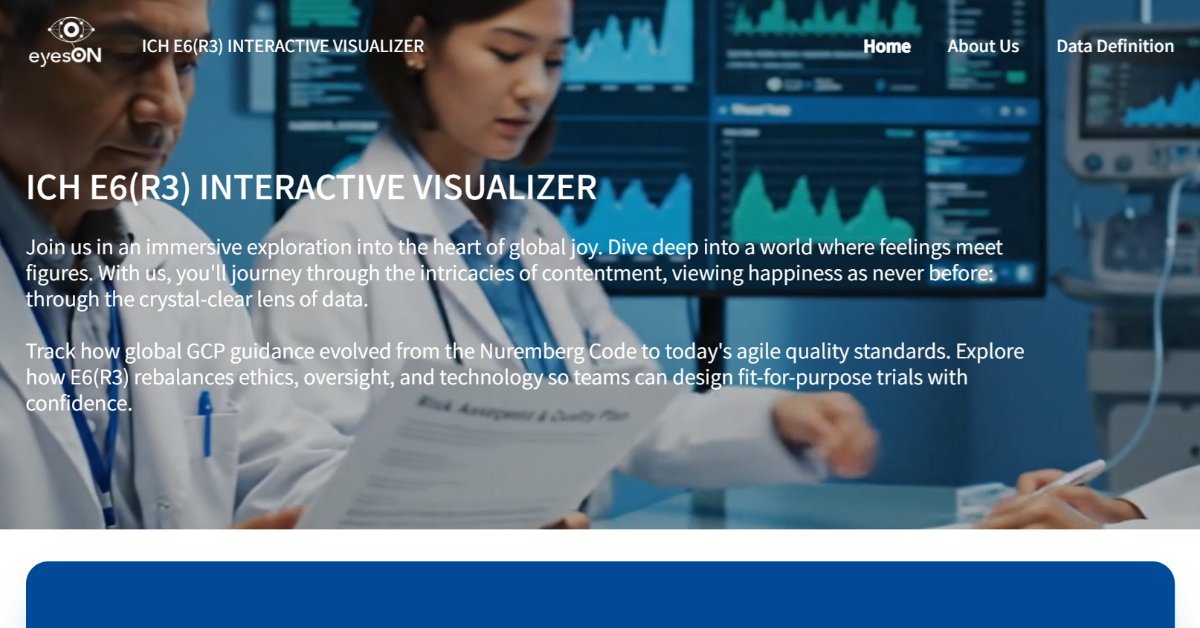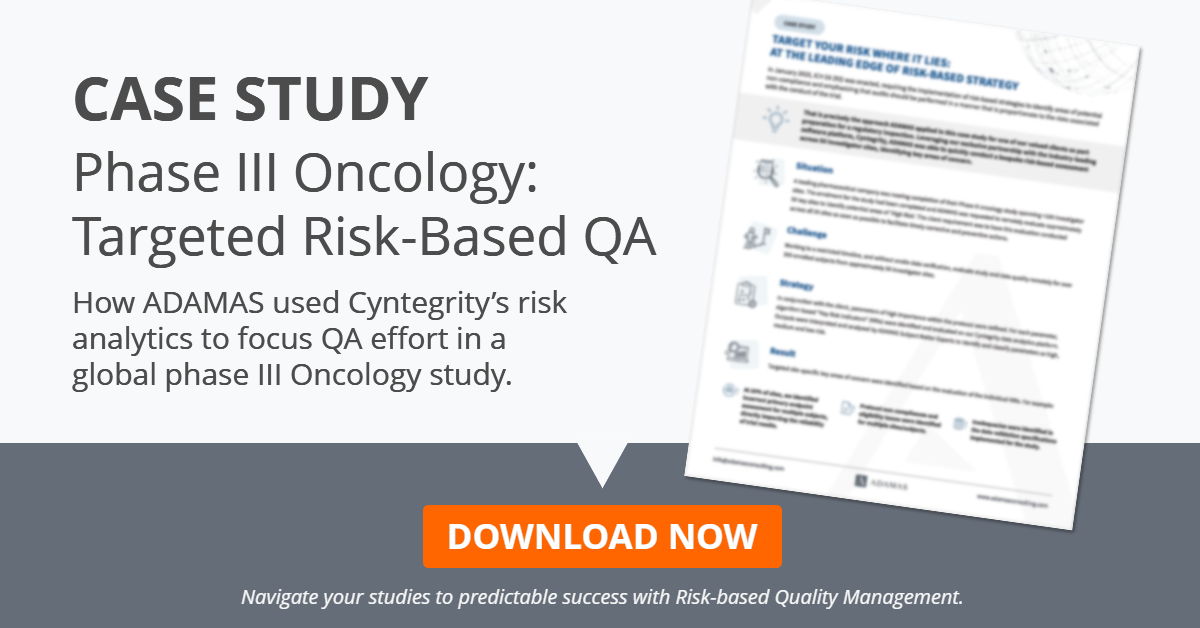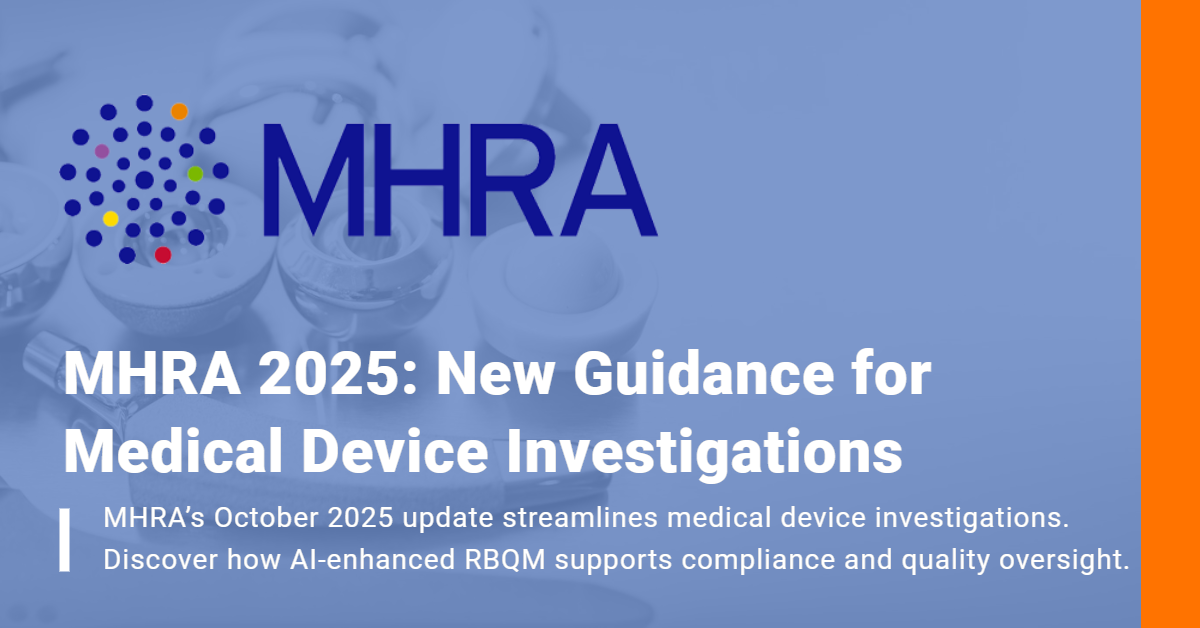Why Time-Series Data is Crucial for Expert RBQM Systems
Accurate and contextual data are crucial for making informed decisions in clinical trials. The MyRBQM Portal leverages advanced time-series data storage techniques to ensure that every data point is preserved with its original context. This article explains our implementation of time-series data in a way that is easy to understand, even for non-engineers.
Multi-Temporal Time Series: A Time Machine for Data
Capturing time-series datasets in the MyRBQM Portal is like having a time machine. We store data points as multi-temporal time series using three timestamps per data point, ensuring that nothing is lost and everything can be revisited in its original context.
- Dimension.ValueTime: The time when the actual data point was recorded.
- Dimension.CurrentTime: The time when the data was imported into the system.
- Dimension.MachineTimeUtc: The machine time when the data point was appended to the record.
This approach allows us to look at past data ranges from any time viewpoint, providing a comprehensive and accurate historical record.
Example: Viewing Data from Different Time Viewpoints
Imagine you have data for the date range [Jan, Feb]. You can view this data as it appeared in March and again as it appeared in April.

This flexibility is achieved through two time filters:
- Current Time Filter: CurrentTime1 <= ValueTime <= CurrentTime2 – This filter limits the date range of the time series.
- Viewport Time Filter: MachineTimeUtc <= ViewPortTime – This filter selects the viewpoint of the temporal time series.
By applying these filters, you can reconstruct the truth exactly as it was at any historical point, allowing you to track the progress of your study in light of the interventions made at that time.
Data Processing Logic and Analytics
Our data processing logic ensures that all analytic aggregations are done efficiently and accurately. Here are some key points:
- Data Processing Tasks: These tasks document the input and output data tables they use, read mapped customer data from database tables, process them, and write results to new tables.
- Meta-Data Documentation: Each data processing task is documented as meta-data, making it easy to trace the data flow and understand the transformations applied.
- Hierarchical Data Model: Data processing tasks are mapped and run based on a defined study domain hierarchy (study, country, site, visit, patient, etc.).
Data Flow and Integration
The MyRBQM Portal supports both PULL and PUSH data integration methods:
- PULL: The system can fetch data from third-party systems via HTTP or other protocols.
- PUSH: Third-party systems can push data to our system via HTTP API.
We support common data formats such as CDISC ODM, SAS, XML, JSON, CSV, and others, ensuring flexibility in processing customer data.
Efficient Study Database Queries
Our study database is designed to handle common queries efficiently:
- List entities by type/IDs.
- List child entities by type/IDs.
- Find the last value of one or more dimensions by entity type/IDs as seen from a given point in time.
- Build the value time series of one entity/dimension values as seen from a given point in time.
Conclusion
The MyRBQM Portal’s implementation of multi-temporal time series data ensures that you can always revisit historical data in its original context. This capability allows you to understand the context behind past decisions and interventions, providing a complete picture of performance over time. Stay tuned for more insights into our advanced data processing techniques and how they benefit clinical research.
AI-Enhanced Predictive Analytics in MyRBQM Portal
In this article, we explored how the MyRBQM Portal captures and stores multi-temporal time series data, allowing you to revisit historical data in its original context. But that’s just the beginning. Our system goes a step further by integrating advanced Machine Learning (ML) techniques to provide predictive analytics for all clinical research metrics.







